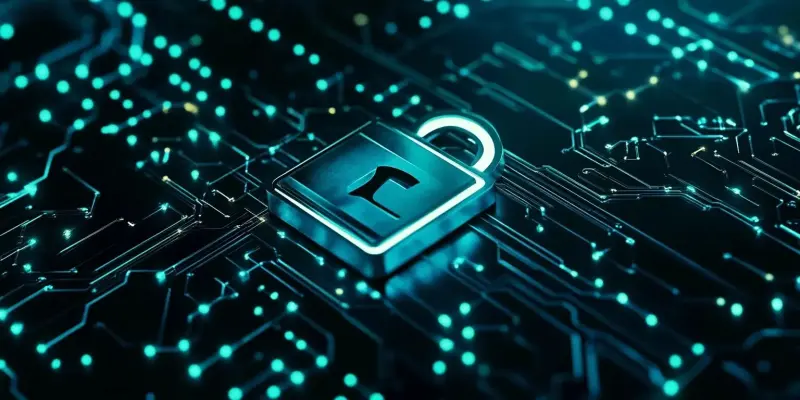As we move into 2025, the cyber threat landscape has become increasingly sophisticated, with nation-state actors and cybercriminals leveraging advanced technologies to execute more refined and aggressive attack strategies. Microsoft’s Secure Future Initiative (SFI) is a long-term commitment aimed at enhancing security protocols across its ecosystem. This initiative addresses these challenges head-on by setting new security standards and promoting practices that help safeguard organizations against evolving cyber threats. By thoroughly reviewing its own digital environment and eliminating outdated applications and obsolete systems, Microsoft underscores the significance of proactive and rigorous security measures.
Prioritizing Secure Foundations and Preparing for Evolving Cyber Threats
Security vulnerabilities often arise from expanding user bases, outdated security practices, and inconsistent identity protection enforcement. Despite broader adoption of multifactor authentication (MFA) by businesses, attackers have adapted by employing techniques such as token theft and adversary-in-the-middle phishing attacks. A robust security strategy begins with a thorough assessment of the attack surface, ensuring vulnerabilities are addressed preemptively. Organizations are encouraged to adopt a “Secure by Default” approach, enabling maximum security settings from the onset and adjusting only when necessary.
To support this rigor, Microsoft has mandated MFA for users of Microsoft Azure, Entra admin center, and Intune admin center. Moreover, pre-configured Conditional Access policies for new tenants have been introduced to significantly reduce compromised accounts. By prioritizing strong foundations, Microsoft emphasizes the importance of implementing security protocols that safeguard against both current and emerging threats. For instance, the use of phishing-resistant MFA, risk-based conditional access policies, identifying and controlling shadow IT, and securing non-human identities are essential measures in this direction.
These steps are integral for mitigating unmonitored security risks and ensuring robust authentication security. Adopting phishing-resistant MFA, such as passkeys and biometric-based digital IDs, not only bolsters authentication security but also addresses the evolving tactics of cyber attackers. Deploying risk-based conditional access policies enhances access controls by enabling automated risk-based authentication and enforcing just-in-time access for critical resources. Identifying and controlling shadow IT helps detect and manage unauthorized applications and tenants, thereby reducing hidden security vulnerabilities. Additionally, securing non-human identities by replacing static credentials with managed identities ensures stringent access policies for workload identities, further strengthening the security framework.
Extending Zero Trust Security to All Resources
A secure environment that supports hybrid work models necessitates applying Zero Trust principles across all assets, including on-premises applications, legacy systems, and cloud environments. Organizations must enhance visibility into user activities, enforce stringent access governance, and leverage automation to close security gaps. By integrating identity and network security tools, companies can eliminate policy discrepancies and ensure consistent access control across their entire infrastructure.
Modernizing network security by transitioning from traditional VPN solutions to Secure Access Service Edge (SASE) extends robust authentication and access policies to legacy applications and external resources. This shift not only secures hybrid work environments but also ensures seamless and secure connectivity for users, regardless of their location. Furthermore, enforcing least privilege access through automated role-based access management guarantees that employees have the necessary permissions while promptly revoking access when it is no longer required.
Implementing just-in-time access for high-risk workloads can minimize exposure and enhance the overall security posture. By adopting this approach, organizations can limit the potential damage caused by compromised accounts while maintaining flexibility and productivity. Microsoft’s Zero Trust framework emphasizes the importance of assuming breach and continually validating every request as though it originates from an open network. This philosophy underlines the need for continuous monitoring, enforcing least privilege, and granting minimum access necessary for roles, ultimately driving enhanced security across the board.
Leveraging Generative AI for Advanced Threat Mitigation
As we progress into 2025, the cyber threat landscape has grown overwhelmingly sophisticated. Nation-state actors and cybercriminals now exploit advanced technologies to execute highly refined and aggressive attack strategies. Microsoft’s Secure Future Initiative (SFI) represents a long-term commitment to bolstering security protocols across Microsoft’s ecosystem. This initiative directly tackles these escalating threats by establishing new security standards and advocating for best practices that help organizations protect themselves against the ever-evolving cyber dangers. By conducting thorough reviews of its own digital environment to remove outdated applications and obsolete systems, Microsoft highlights the importance of proactive, rigorous security measures. Ensuring the integrity of its digital infrastructure not only protects Microsoft but also sets an industry benchmark, inspiring other companies to adopt similarly vigilant security practices. The initiative demonstrates Microsoft’s dedication to creating a safer digital world, where systematic, preemptive action shields against emerging cyber threats.

